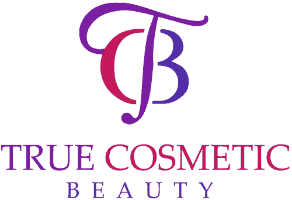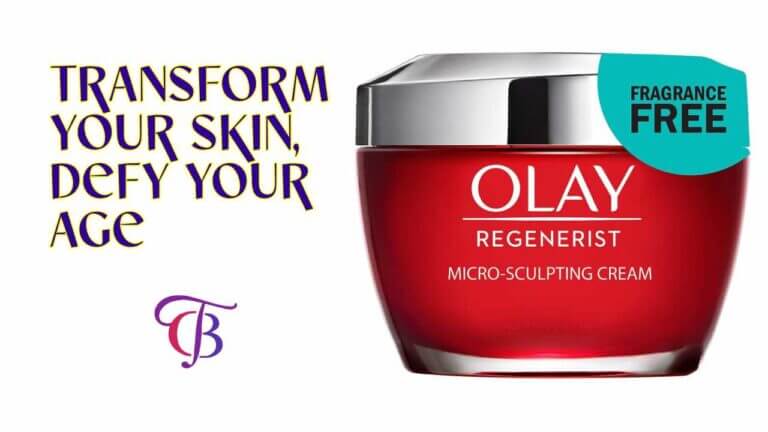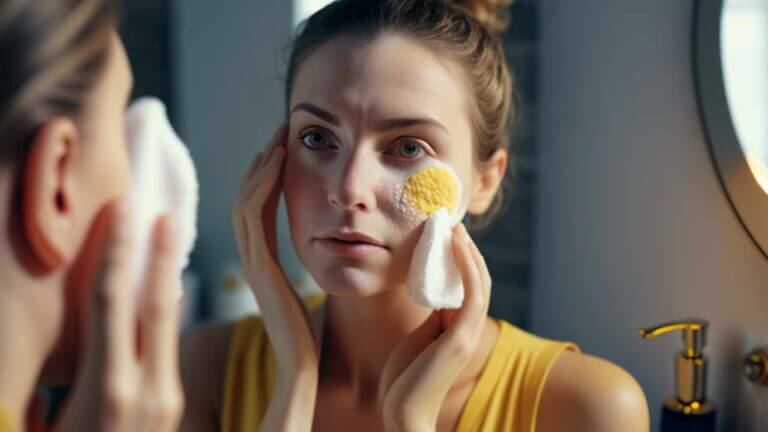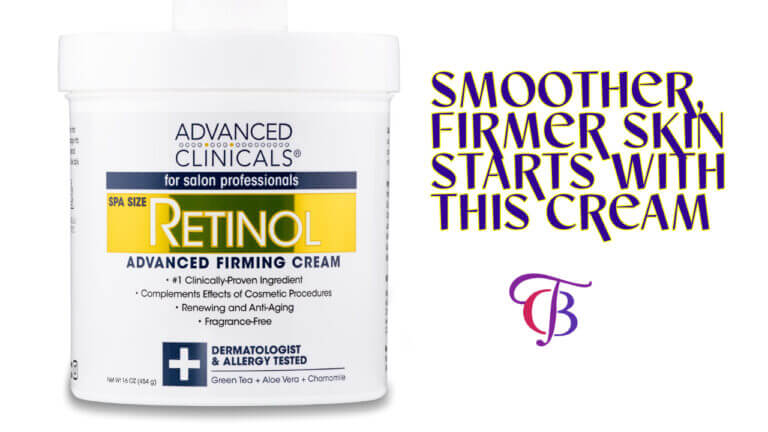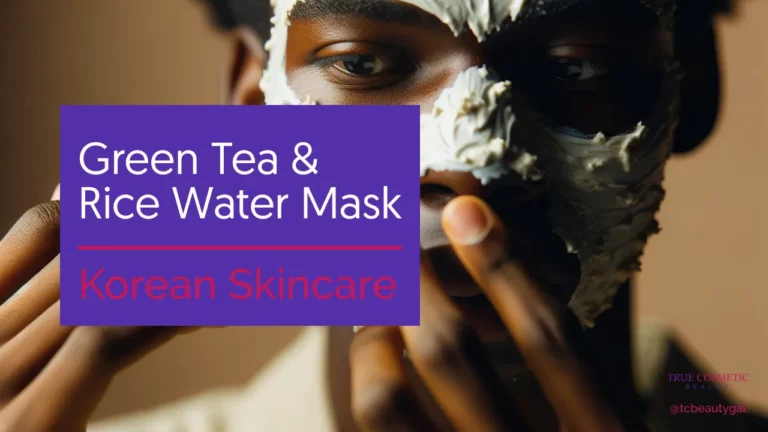Understanding PA and SPF Ratings in Korean Sunscreens
Do you find yourself confused by the PA and SPF ratings on Korean sunscreens? Understanding these ratings is crucial to protecting your skin from the harmful effects of UV radiation. In this guide, we will break down the complex world of PA and SPF ratings, so you can make an informed decision on which Korean sunscreen is best for your skin.
Key Takeaways:
- PA and SPF ratings are important factors to consider when choosing a sunscreen in Korea.
- PA rating indicates the level of protection against UVA rays, while SPF rating indicates the level of protection against UVB rays.
- It’s recommended to choose a sunscreen with PA+++ or PA++++ and SPF 30 or higher for adequate protection against both UVA and UVB rays.
- Some Korean sunscreens may also have additional ratings like PA+++, PA+++++, and PPD to provide more detailed information about UVA protection.
- Reapplying sunscreen every 2 hours and after sweating or swimming is crucial for maintaining its protective effects.
- It’s important to consider your skin type and activities when choosing a sunscreen with appropriate PA and SPF ratings.
- Consulting a dermatologist for personalized recommendations can help in finding the best sunscreen for your specific needs.
PA Ratings in Korean Sunscreens: Protection Against UVA
Any discussion about sun protection is incomplete without addressing the harmful effects of UVA rays. Understanding PA ratings in Korean sunscreens is essential for safeguarding your skin against the damaging impact of UVA radiation.
Understanding UVA and Its Effects on Skin
UVA rays are a type of ultraviolet radiation that can penetrate deep into the skin, causing premature aging, wrinkles, and hyperpigmentation. Unlike UVB rays, they can even pass through glass, making it crucial to protect your skin against their harmful effects.
Types of PA Ratings and Their Significance
When it comes to Korean sunscreens, you will often come across PA ratings, which indicate the level of protection against UVA rays. The PA rating system ranges from PA+ (some protection) to PA++++ (extremely high protection) and is an essential factor to consider when choosing a sunscreen. Here are the different types of PA ratings and their significance:
- PA+: Provides some protection against UVA rays
- PA++: Offers moderate protection
- PA+++: Provides high protection
- PA++++: Delivers extremely high protection
Perceiving the significance of PA ratings will help you make an informed decision when selecting a sunscreen that best suits your skin’s needs.
Factors Influencing the Effectiveness of PA
Various factors can influence the effectiveness of PA ratings in Korean sunscreens. These include the amount of sunscreen applied, reapplication frequency, and exposure time to sunlight. Understanding these factors will help you maximize the protection offered by your sunscreen. Though it is essential to note that no sunscreen can provide 100% protection, by using a broad-spectrum sunscreen with the appropriate PA rating and following proper sun protection measures, you can significantly reduce the risk of UVA-induced skin damage. Understanding SPF Ratings in Korean Sunscreens: Shielding from UVB Now that you understand the significance of PA ratings for protecting your skin from UVA rays, let’s dive into the SPF ratings in Korean sunscreens. SPF, which stands for Sun Protection Factor, measures a sunscreen’s ability to shield your skin from the harmful UVB rays of the sun. UVB rays are responsible for causing sunburn, skin damage, and contributing to the development of skin cancers.
The Role of SPF in Skin Protection
The SPF number on your sunscreen indicates the level of protection it provides against UVB rays. For example, an SPF 30 sunscreen will allow you to stay in the sun 30 times longer than if you were wearing no sunscreen before getting sunburned. While no sunscreen can provide 100% protection, the higher the SPF number, the more protection it offers.
Tips for Choosing the Right SPF
When selecting a Korean sunscreen, it’s essential to consider your skin type and the amount of time you plan to spend outdoors. If you have fair skin that burns easily, it’s recommended to use a sunscreen with SPF 50 or higher. For everyday use with minimal sun exposure, an SPF 30 or higher is sufficient. Any extended outdoor activities call for SPF 50 or higher to ensure adequate protection against UVB rays.
Step-by-Step Guide to Applying SPF Sunscreen Correctly
Ensuring you apply sunscreen correctly is crucial for effective protection against UVB rays. Here is a step-by-step guide to applying sunscreen properly:
| Step | Details |
| 1 | Apply sunscreen 20 minutes before going outside |
| 2 | Use about a nickel-sized amount to cover your face and a shot glass-sized amount for your body |
| 3 | Reapply sunscreen every 2 hours or immediately after swimming or sweating |
| 4 | Pay extra attention to ears, nose, and shoulders as these areas are more susceptible to sun damage |
Comparing PA and SPF: Pros and Cons
After understanding the basics of PA and SPF ratings in Korean sunscreens, it’s important to compare the benefits and limitations of each to make an informed decision when choosing the right sunscreen for your skin. Here, we’ll break down the pros and cons of PA and SPF ratings to give you a clearer understanding of how they work.
| Pros of PA Ratings | Cons of PA Ratings |
| Provide protection against UVA rays, which can cause skin aging and wrinkling. | May not provide a comprehensive measure of UVA protection compared to SPF rating. |
| Helps you choose products that offer better protection against long-term UV damage. | Can be confusing to understand the exact level of UVA protection. |
| Can indicate the level of protection against UVA-induced skin issues, such as hyperpigmentation. | The labeling can vary between countries, making it difficult to compare products internationally. |
The Pros of PA and SPF in Sunscreen Formulas
When it comes to the benefits of PA and SPF ratings in sunscreen formulas, you can rely on these ratings to make an informed choice. PA ratings help you understand the level of protection against UVA rays, which are known to cause skin aging, wrinkling, and hyperpigmentation. On the other hand, SPF ratings indicate the level of protection against UVB rays, which are responsible for sunburn and skin cancer. Having these ratings available can empower you to choose the right sunscreen for your specific needs and concerns.
The Cons and Limitations of PA and SPF Ratings
While PA and SPF ratings offer valuable insights into the level of protection a sunscreen can provide, there are also limitations to consider. PA ratings may not offer a comprehensive measure of UVA protection compared to SPF ratings, which can be confusing when trying to determine the exact level of protection. Additionally, there can be discrepancies in labeling between different countries, making it challenging to compare products internationally. It’s essential to keep these limitations in mind when relying on PA and SPF ratings to select a sunscreen.
Enhancing Sun Protection: Additional Tips and Best Practices
To enhance the protection provided by your sunscreen, consider the following tips and best practices:
- Apply sunscreen generously and evenly to all exposed skin areas
- Wear sun-protective clothing, including long sleeves, hats, and sunglasses
- Seek shade during peak sun hours, typically between 10 AM and 4 PM
- Reapply sunscreen every two hours, or more frequently if swimming or sweating
- Use a broad-spectrum sunscreen with an SPF rating of at least 30
Perceiving these additional tips and best practices can significantly enhance your sun protection.
Combining Different Types of Sunscreens for Optimal Protection
When it comes to sun protection, you can maximize your defense by combining different types of sunscreens for optimal protection. By using a combination of chemical and physical sunscreens, you can ensure broad-spectrum coverage against both UVA and UVB rays. After applying the chemical sunscreen, wait for about 15 minutes before applying the physical sunscreen to allow for proper absorption.
Sunscreen Tips for Sensitive Skin
Any individual with sensitive skin should opt for sunscreens labeled as gentle or for sensitive skin, which are typically free of fragrances and harsh chemicals. Additionally, look for sunscreens containing zinc oxide and titanium dioxide, which are known for their soothing and protective properties.
Step-by-Step Approach to Reapplying Sunscreen
When it comes to reapplying sunscreen, here is a step-by-step approach you can follow for optimal protection:
| Step 1: | Wait for at least 15 minutes after application |
| Step 2: | Rub in sunscreen thoroughly, ensuring full coverage |
| Step 3: | Pay extra attention to often overlooked areas, such as ears, back of the neck, and tops of feet |
| Step 4: | Reapply every two hours, or more frequently if swimming, sweating, or towel drying |
| Step 5: | Carry a travel-sized bottle of sunscreen with you for reapplication throughout the day |
Understanding PA and SPF Ratings in Korean Sunscreens
Following this guide, you should now have a better understanding of PA and SPF ratings in Korean sunscreens. Remember that PA ratings measure protection against UVA rays, while SPF ratings measure protection against UVB rays. It’s important to choose a sunscreen with both high PA and SPF ratings to ensure comprehensive protection against harmful UV rays. By being informed about these ratings, you can make more educated decisions when selecting Korean sunscreens that best suit your specific needs.
